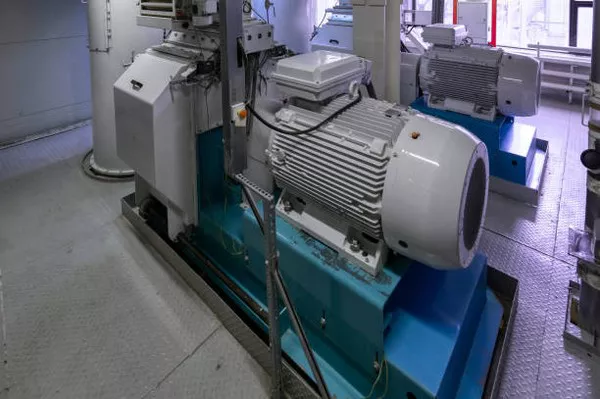In regions prone to power outages or for individuals seeking off-grid solutions, owning a generator can be a prudent investment. However, selecting the appropriate generator size to power specific appliances, such as a window air conditioning (AC) unit, requires careful consideration to ensure optimal performance and efficiency. In this article, we delve into the factors influencing the choice of generator wattage for running a window AC unit.
Understanding Power Consumption
Before delving into generator sizing, it’s crucial to understand power consumption and how it relates to the operation of a window AC unit. The power consumed by an AC unit is measured in watts (W) or kilowatts (kW), and it varies depending on factors such as the unit’s size, cooling capacity, and energy efficiency rating.
Typically, a window AC unit’s power consumption ranges from 500 to 1,500 watts for residential models, with higher capacities for commercial or industrial units. Energy-efficient models tend to consume less power compared to older or less efficient units.
Determining Generator Size
When selecting a generator to power a window AC unit, the generator’s wattage rating must exceed the AC unit’s power consumption to ensure reliable operation. The required generator size depends on the AC unit’s wattage and any additional power needs.
AC Unit Wattage: Begin by determining the wattage rating of your window AC unit. This information is usually found on the unit’s label or in the manufacturer’s specifications. For example, if your AC unit consumes 1,000 watts of power, you’ll need a generator with a wattage rating higher than 1,000 watts to operate it.
Starting Surge: In addition to the unit’s running wattage, consider any starting surge or initial power spike when the AC unit kicks on. Most appliances, including AC units, require extra power momentarily when starting up. This surge can be significantly higher than the unit’s running wattage and must be accounted for when sizing the generator. Consult the AC unit’s specifications or contact the manufacturer to determine the starting surge wattage.
Additional Loads: Factor in any other electrical loads that will be powered by the generator simultaneously with the AC unit. This could include lights, small appliances, or electronics. Add up the wattage of these additional loads and include it in your generator sizing calculations.
Generator Sizing Formula
Once you have gathered the necessary information, you can use the following formula to calculate the minimum generator size required to run your window AC unit:
Total Power Requirement = AC Unit Wattage + Starting Surge + Additional Loads
Ensure the generator’s wattage rating exceeds the total power requirement to accommodate all connected appliances and prevent overloading.
Example Calculation:
Let’s consider a window AC unit with the following specifications:
- Running Wattage: 1,000 watts
- Starting Surge: 2,000 watts
- Additional Loads: 500 watts
Using the formula:
Total Power Requirement = 1,000 watts + 2,000 watts + 500 watts = 3,500 watts
In this scenario, a generator with a wattage rating of at least 3,500 watts would be required to reliably power the window AC unit and other connected loads.
Generator Selection Considerations
When selecting a generator, there are several additional factors to consider to ensure optimal performance and compatibility with your window AC unit:
Generator Type: Generators are available in various types, including portable, standby, and inverter generators. Choose a generator type that suits your needs, whether for occasional use during power outages or continuous operation in off-grid settings.
Fuel Type: Consider the availability and cost of fuel options such as gasoline, propane, or diesel. Choose a generator with a fuel type that aligns with your preferences and accessibility.
Run Time: Evaluate the generator’s run time on a full tank of fuel to ensure it meets your expected usage duration, especially during extended power outages.
Noise Level: Pay attention to the generator’s noise level, particularly if noise is a concern in your environment. Inverter generators are known for their quieter operation compared to conventional generators.
Portability: If mobility is important, opt for a portable generator with handles and wheels for easy transportation.
Safety Features: Look for safety features such as overload protection, low-oil shutdown, and spark arrestors to ensure safe operation and protection of the generator and connected appliances.
Budget: Consider your budget constraints when selecting a generator, balancing features and performance with affordability.
See Also How Much Is A Honda Generator? A Comprehensive Guide
Conclusion
Choosing the right generator size to power a window AC unit involves understanding the unit’s power consumption, accounting for starting surges and additional loads, and selecting a generator that meets these requirements. By following the guidelines outlined in this article and carefully evaluating your specific needs and preferences, you can ensure reliable operation of your window AC unit during power outages or off-grid scenarios. Remember to consult with a qualified electrician or generator expert if you have any uncertainties or specific requirements regarding generator sizing and installation.

